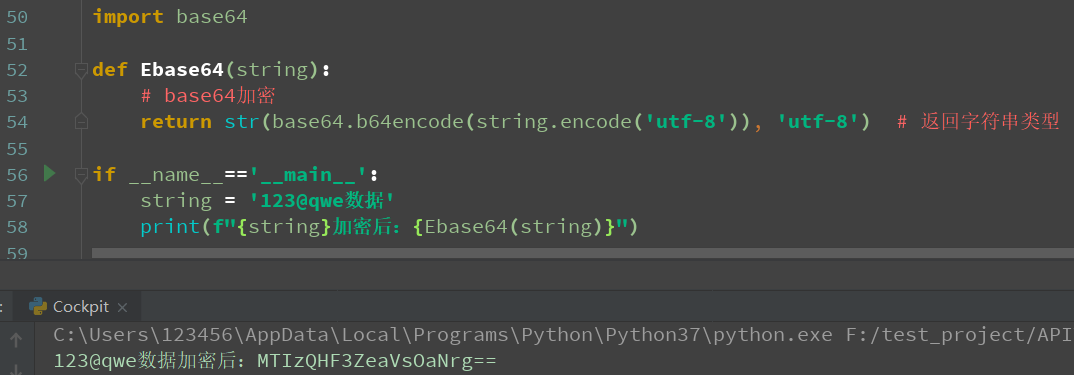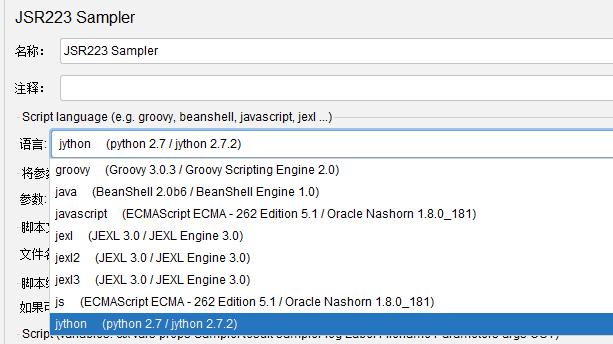

- MD5 BASE64 ENCODING HOW TO
- MD5 BASE64 ENCODING CRACKED
- MD5 BASE64 ENCODING 64 BITS
- MD5 BASE64 ENCODING VERIFICATION
- MD5 BASE64 ENCODING CODE
Three bytes have 24 bits, corresponding to 4 Base64 units, that is, 3 bytes need to be represented by 4 printable characters. Because 2 of the 6 times equals 64, each 6 bit is a unit, corresponding to a printable character. Although MD5 is not a cryptographic algorithm, it can be used as encryption.īase64 is a representation that represents binary data based on 64 printable characters. When the Postfix mail server was configured, it was found that the message body received was encoded using BASE64, so it was understood.
MD5 BASE64 ENCODING CODE
MD5 BASE64 ENCODING HOW TO
How to use the online encoder to generate Base64, MD5, and SHA1 encrypted form of a string? Unlike MD5 and SHA1, you can decode the Base64 encoded text and decode the image from the Base64 encoded string. These 6 bits reveal the character supported by the characters set in the base 64 scheme. These three bytes (24 bits) are further broken down into four packs of six bits each. In Base64, the data are broken down into 24 bits (three bytes). The encoding scheme uses the 64 characters set that are present in the majority of the character sets. Base64 is a binary to ASCII encoding scheme that stores and transfers the binary data over medium, supporting only textual data. Base64 Encodingīy words, encoding is the process of converting any text into some particular form. The drawback is that MD5 is already cracked, and it is recommended not to use it with sensitive data like banking or e-commerce. So, how can we ensure the accuracy at which the 32 digits digest be converted to 750,000 characters? That's the reason MD5 does not have a reversible function. But the final output is of 32 digits digest. Suppose we use the MD5 algorithm on text data of about 750,000 characters.

It takes the data of any size as input and gives you a fixed size 128 bits (16 bytes) output. MD5 is also a hash algorithm, which means it follows the same rules as the hash algorithm. It takes the block of data as input and returns the fixed-size bit string as a hash value. The primary function of MD5 is to calculate the hash value in cryptography. Ronald Rivest invented that cryptographic function in 1991. MD5 stands for Message-Digest Algorithm 5.
MD5 BASE64 ENCODING CRACKED
Undoubtedly, the SHA1 algorithm is complex, but the significant part is that it is not used anymore because it has been cracked and is considered unsafe. That process continues for "n" times until the last 160 bit of the message is produced. We have a pre-set value for the 160 bits for the first time we carry this out. These 512 bits are then brought in the compression function along with the 160 bits of compressed output.
MD5 BASE64 ENCODING 64 BITS
SHA is generated by breaking our input content into "n'' number of parts that we represent as X, each of 448 bits, and add 64 bits of padding to each, converting their total length to 512 bits. SHA1 hash is an algorithm used to generate the 160 bits hash value. Act as checksums in detecting accidental data corruption.To sort and identify files to ensure the data integrity of the files.
MD5 BASE64 ENCODING VERIFICATION


 0 kommentar(er)
0 kommentar(er)
